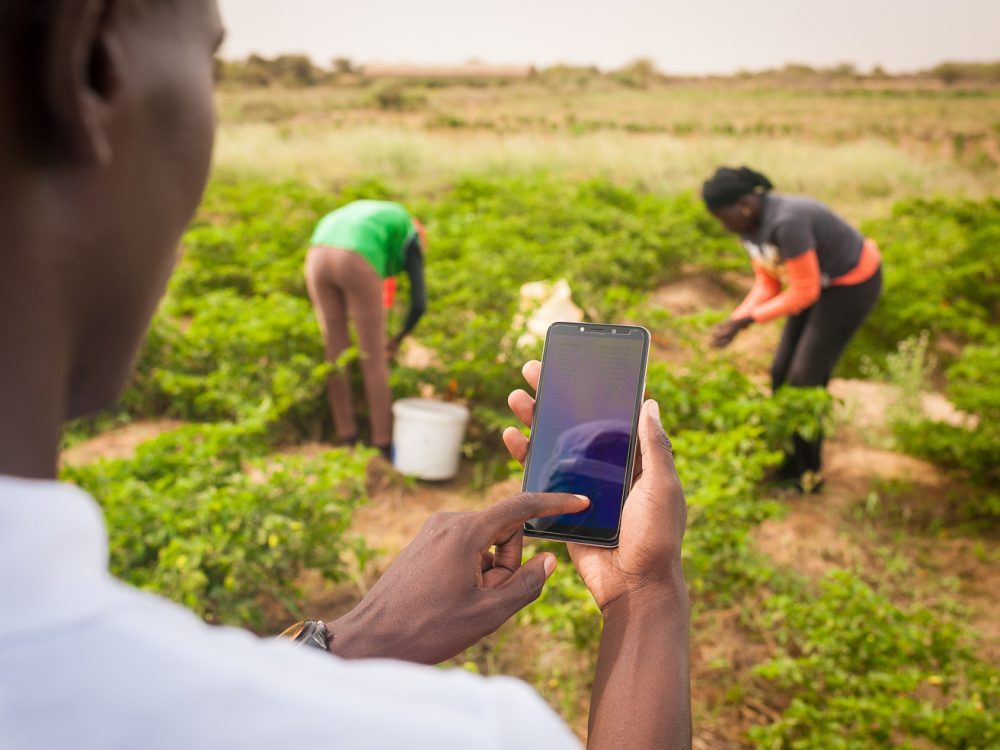What’s next for IATI
On World Development Information Day, DG reports on the future of the International Aid Transparency Initiative, a global campaign that encourages donors and governments to make aid information open and accessible.
Since IATI’s conception in September 2008 – following the High Level Forum on Aid Effectiveness in Accra – focus has rightly been on encouraging donor adoption of and publication to the standard. Not surprisingly, adoption of IATI required a lot of work for donors, agencies, and governments involved – including changes to systems and workflows. Work is still needed to ensure that we consistently publish high-quality, timely data which may be of value in country systems, but we’re making progress.
In fact, this year marks a tipping point for the future of IATI. Discussions at last week’s IATI steering committee meeting suggest that IATI publishers have achieved critical data mass. Today, about 7 out of every 10 major donors to various partner countries publish at least some data to the standard. While data quality still needs to be improved, enough data now exists to begin to move the conversation beyond donor data supply and focus more on demand for this data at the country level. More changes to the standard – and better donor reporting – will most certainly be necessary. But DG and our key partner countries plan to make real strides toward IATI use in the coming year.
What does that mean for IATI-publishing donors? The time is now to provide technical – and financial – support to adopting countries that have a sufficient baseline capacity for integration of the standard into government workflows. This will likely require, in an interim phase, a sort of hybrid reporting approach: pulling some data automatically from the IATI registry, but also continuing to populate some data fields and some donors’ data into domestic aid information management systems (AIMS) manually. While bifurcated tactics may seem cumbersome, they will allow partner countries to:
- Derive real utility from IATI data
- Report to IATI
- Continue to define the indicators needed to fulfill unique domestic monitoring needs
Some pilots have already occurred – in the DRC, Rwanda, and others – aiming to match domestic AIMS with IATI. But now it’s time to take those lessons, and a more complete data registry, and identify the right ways to integrate IATI data into the day-to-day workflows of partner country Ministries of Finance. By partnering with well-positioned countries, IATI donors can begin to demonstrate and benefit from the value of their IATI data. We can then better understand:
- What still needs to change
- How we can change it
- What countries stand to gain from more effectively using IATI data
Over the next few years, as we seek country partners willing to adopt IATI into their existing systems and processes, the international community of IATI publishers needs to provide an equal level of support to catalyze IATI uptake. Progress has been made, but we’re only halfway there. DG encourages the IATI community to remember that it’s not enough to fund the creation of data – we have to make sure people can use it.
Image from the Open Knowledge Foundation under CC license.
Share This Post
Related from our library

Introducing The HackCorruption Civic Tech Tools Repository
Introducing the Civic Tech Tools Repository: an open-source hub of digital solutions to fight corruption. Designed for growth through GitHub contributions, it brings together tools, code, and resources across six key areas for HackCorruption teams and beyond.

Building a Sustainable Cashew Sector in West Africa Through Data and Collaboration
Cashew-IN project came to an end in August 2024 after four years of working with government agencies, producers, traders, processors, and development partners in the five implementing countries to co-create an online tool aimed to inform, support, promote, and strengthen Africa’s cashew industry. This blog outlines some of the key project highlights, including some of the challenges we faced, lessons learned, success stories, and identified opportunities for a more competitive cashew sector in West Africa.

Digital Transformation for Public Value: Development Gateway’s Insights from Agriculture & Open Contracting
In today’s fast-evolving world, governments and public organizations are under more pressure than ever before to deliver efficient, transparent services that align with public expectations. In this blog, we delve into the key concepts behind digital transformation and how it can enhance public value by promoting transparency, informing policy, and supporting evidence-based decision-making.